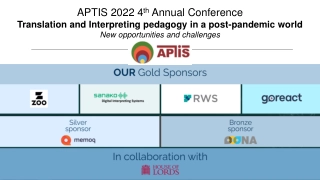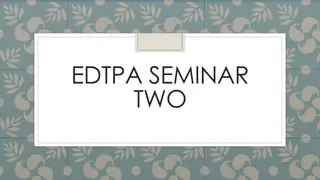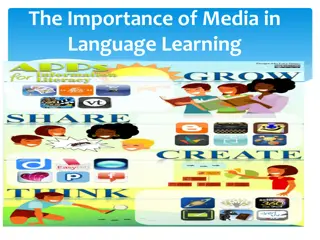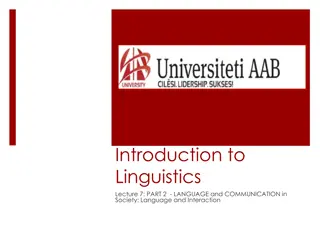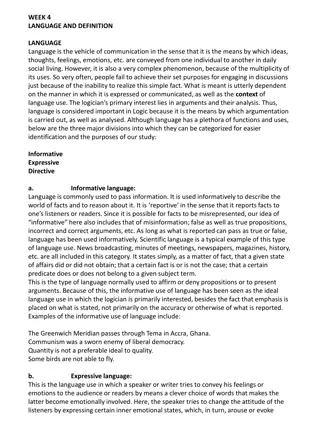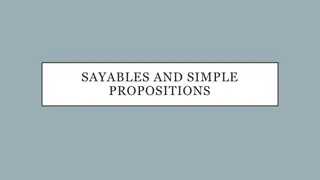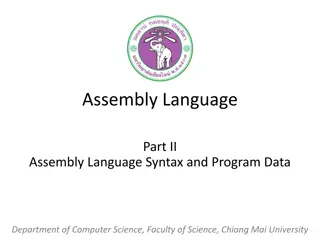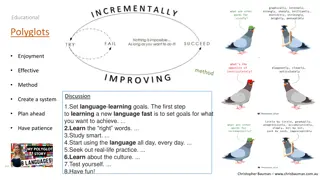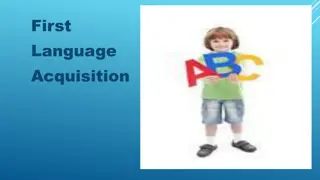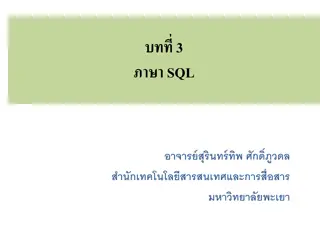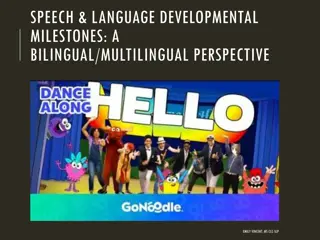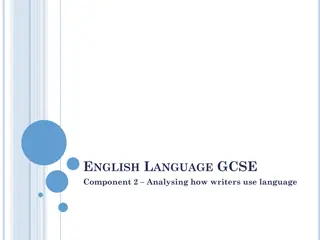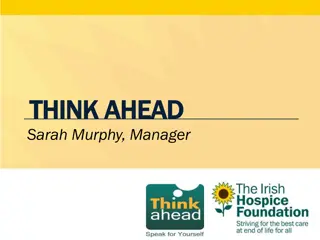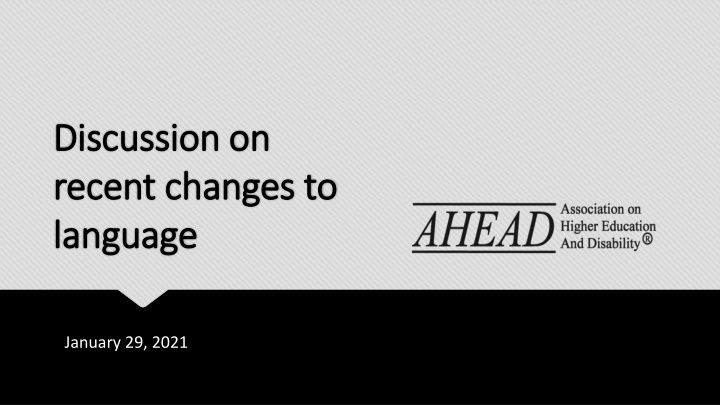
Recent Changes in Language to Promote Disability-Inclusive Communication
Explore the recent shift towards identity-first language to promote disability awareness and social justice. Learn about the process behind these changes and their implications, along with guidance on using respectful disability terminology. Access valuable resources for writing about disabilities inclusively.
Download Presentation

Please find below an Image/Link to download the presentation.
The content on the website is provided AS IS for your information and personal use only. It may not be sold, licensed, or shared on other websites without obtaining consent from the author. If you encounter any issues during the download, it is possible that the publisher has removed the file from their server.
You are allowed to download the files provided on this website for personal or commercial use, subject to the condition that they are used lawfully. All files are the property of their respective owners.
The content on the website is provided AS IS for your information and personal use only. It may not be sold, licensed, or shared on other websites without obtaining consent from the author.
E N D
Presentation Transcript
Discussion on Discussion on recent changes to recent changes to language language January 29, 2021
Communication Communication January 19 January 19 As AHEAD moves to promote concepts of disability informed by social justice, we are adopting identity-first language across all communication, information and materials. This is not a directive or a recommendation about how others should identify; it is one way to model new thinking on disability that we see reflected in disability studies and in the disability rights community.
How did we get here? How did we get here? Over a year of discussion and research Small sub-committee of Board members drafted memo outlining proposed changes and Board approved in October 2020 meeting Tammy Berberi Amanda Kraus Enjie Hall Zebediah Hall Allen Sheffield Melanie Thornton
Implications Implications Person-first Identity-first I am a disabled person. Reflects social model: I am disabled by barriers, attitudes, etc. Consistent with disabled civil rights movement, disability studies and many disabled leaders I am a person with a disability. Separates person from disability, as if to distance from, minimize disability
Guidance Guidance Name disability explicitly Avoid euphemisms such as: Special Physically/mentally challenged Differently-abled
Resources Resources Disability Language Style Guide, National Center on Disability and Journalism Guidelines: How to Write About People with Disabilities, University of Kansas, Research and Training Center on Independent Living PC Labels Do a Disservice: Inside Higher Ed, Stephen Stern Language and Disability: Explore Access, UA Partners for Inclusive Communities The Language of Disability Activity: Disability as Diversity Toolkit, Explore Access, UA Partners for Inclusive Communities
Resources contd Resources cont d Language Guide: Disability Cultural Center, Syracuse University Guidelines for Writing About People with Disabilities: ADA National Network Disabled: Just Say the Word: NPR Identity-First Language: Autistic Self Advocacy Network (ASAN) Disabled Person or Person with a Disability: Annie Elainey Disability as Diversity: Inside Higher Ed
Discussion Discussion

